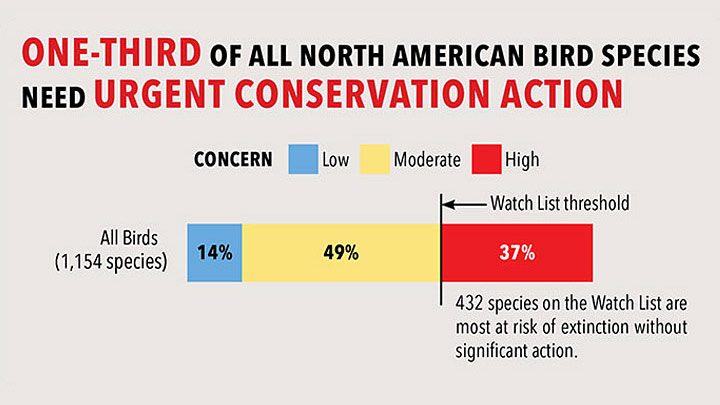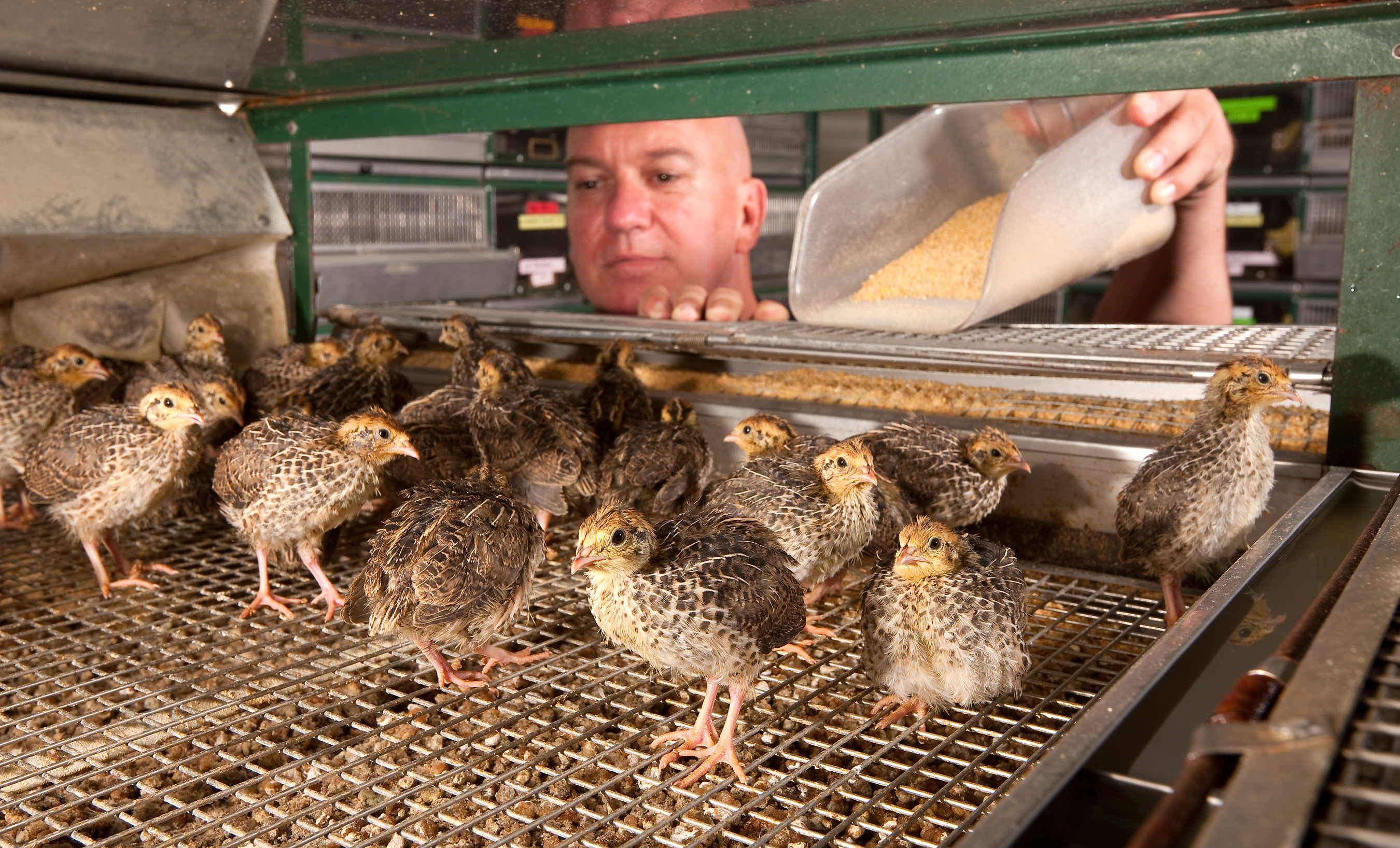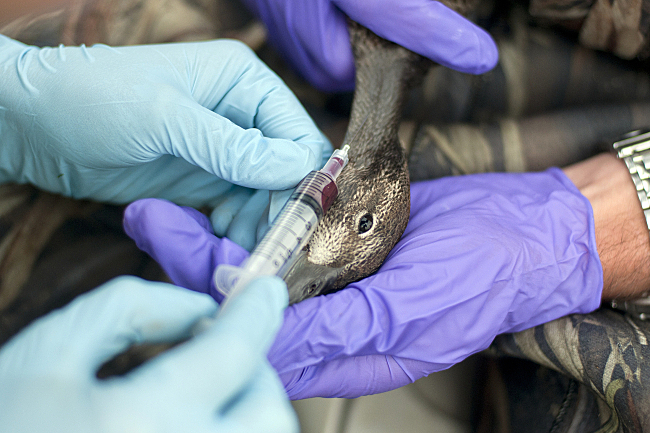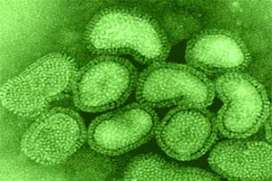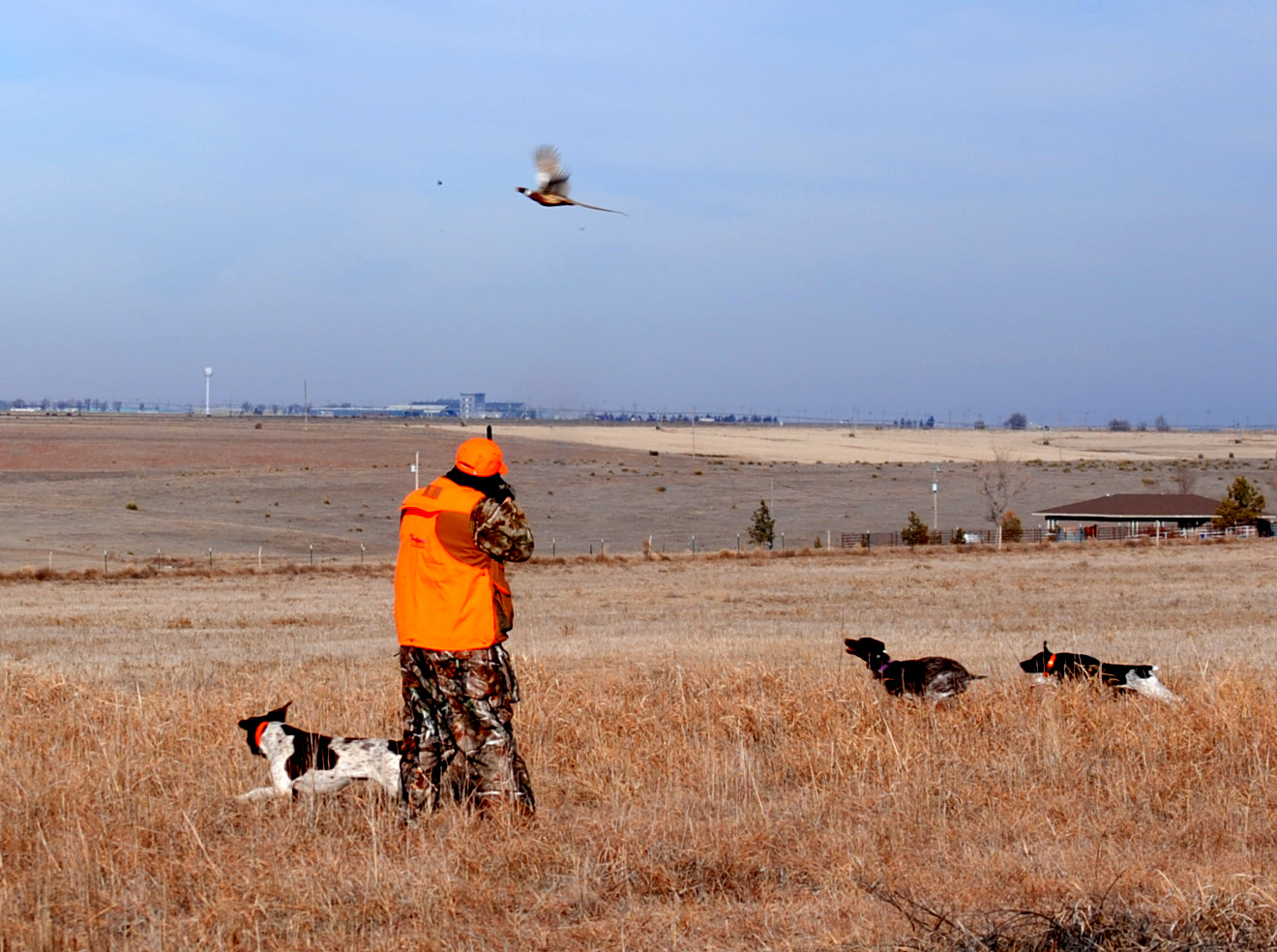2016 State Of North American Birds Report Released
The North American Bird Conservation Initiative (NABCI) has released The State Of North America’s Birds 2016. The report assesses the conservation status of native bird species that occur in Canada, the continental United States and Mexico.

